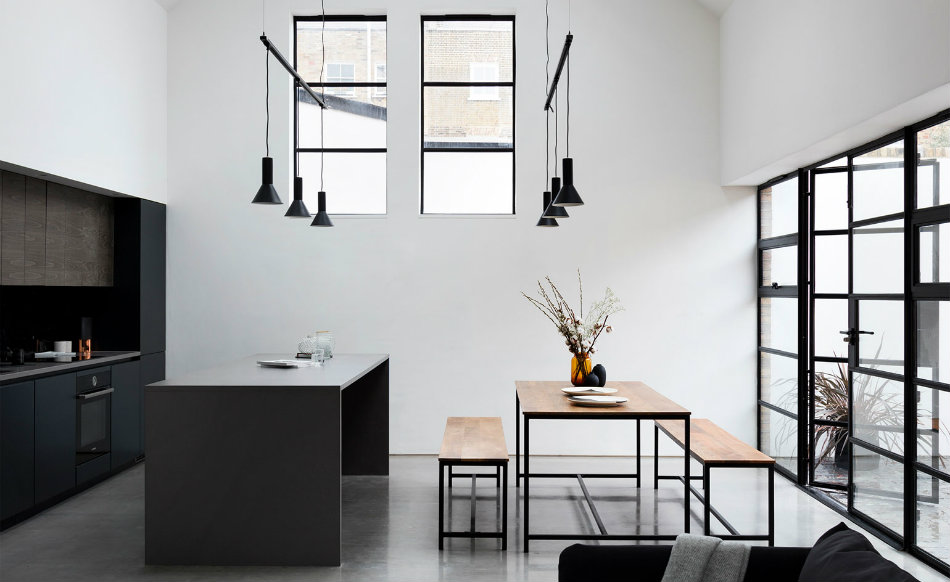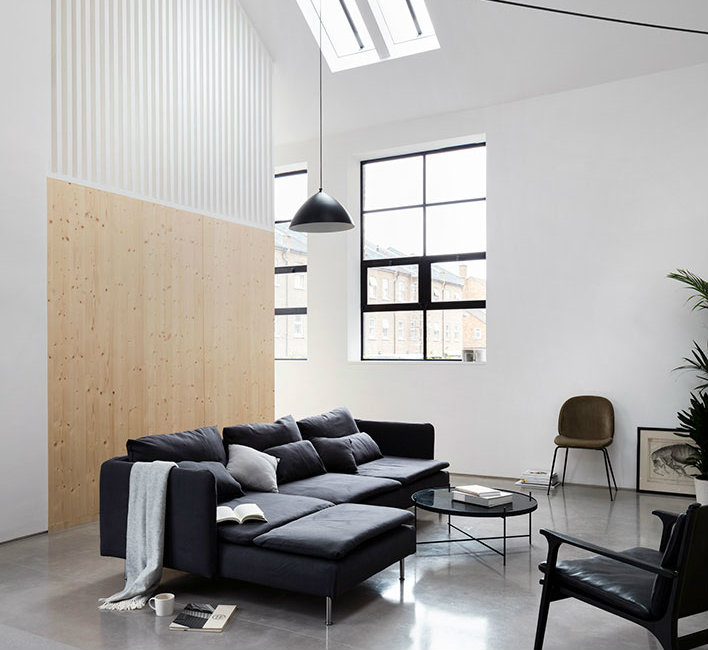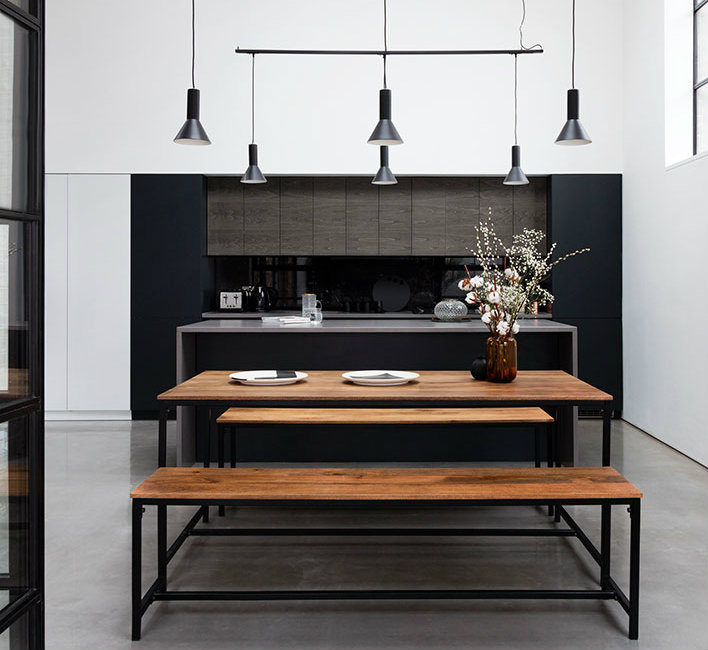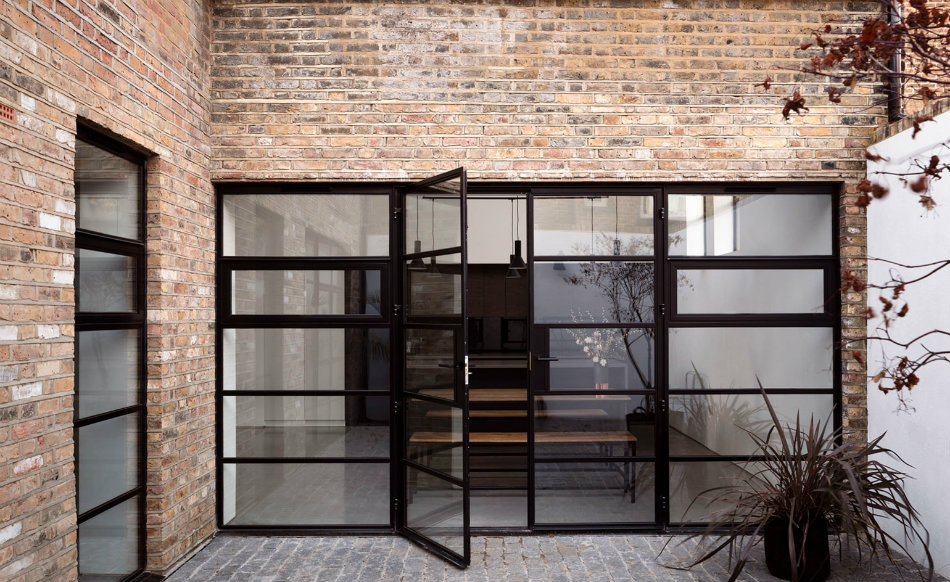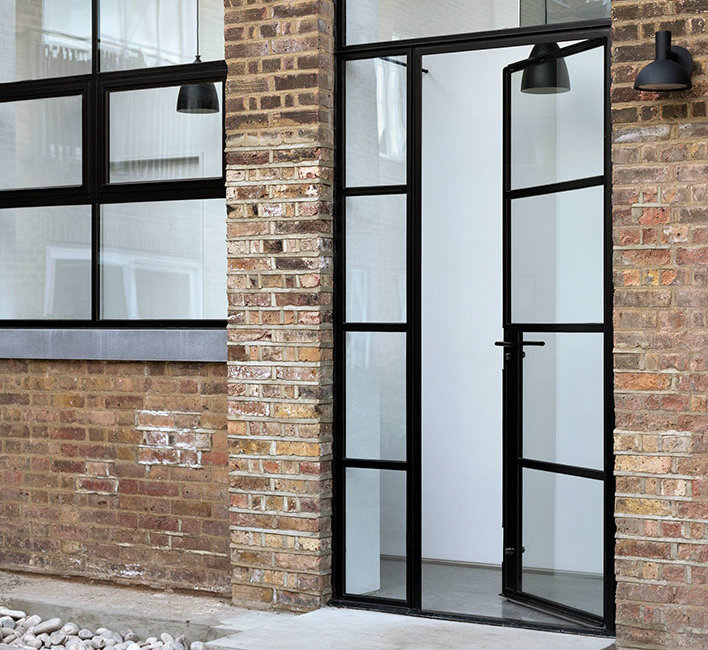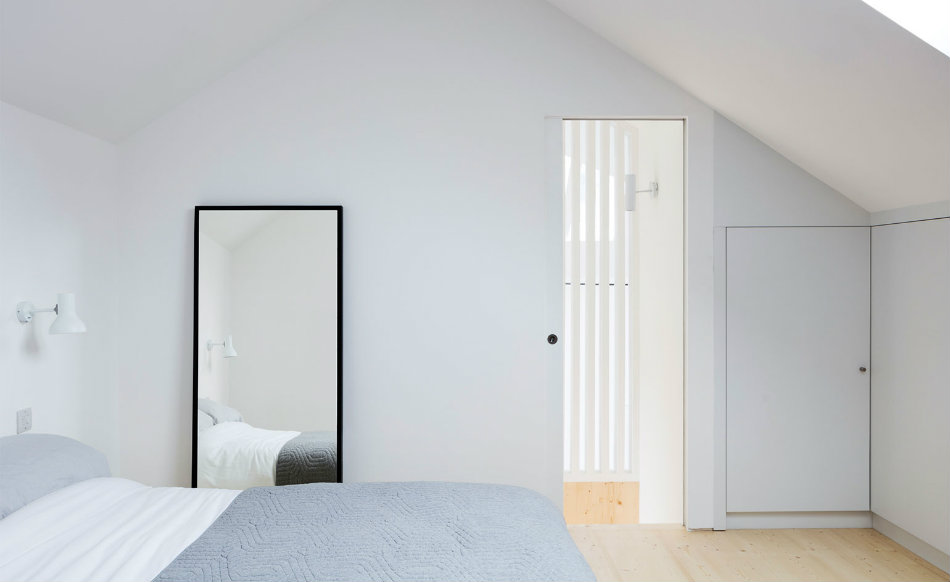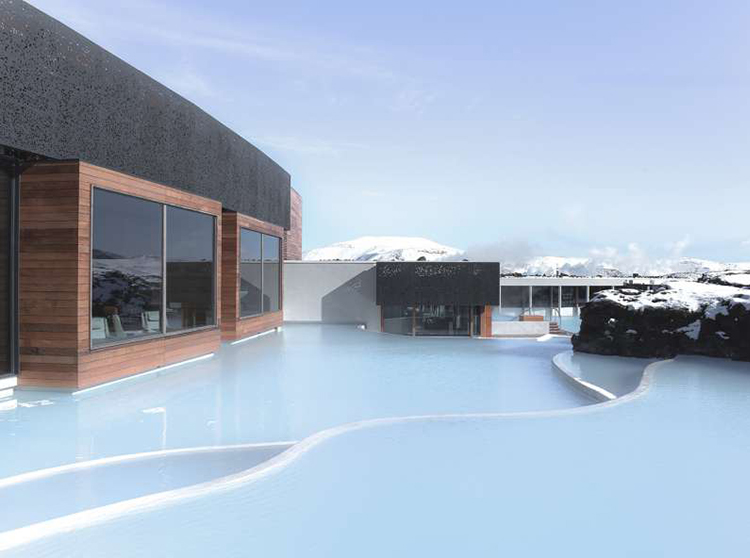Living in a trendy high-ceilinged, two-bedroom home in a converted derelict building in Hackney is an inevitable dream for many young, creative Londoners. But for James Davies, founder of Paper House Project, the architecture studio he set up in 2014, it's now a reality.
‘It's fascinating watching a project you've poured your heart and soul into coming together on site,’ he says of the new house on Defoe Road, a brick building which he restored and renovated, adding new gridded steel frame windows and an inner courtyard.
But he didn’t just wake up one morning inside this lofty, concrete-floored residential reverie and stroll into the open-plan kitchen to make a coffee – Rome wasn’t built in a day and neither was this challenging, former schoolhouse property. ‘I don't think you could get a more complicated residential site in central London. Landlocked, no services, and surrounded by angry neighbours,’ says Davies.
‘Negotiating access with freeholders and leaseholders and bringing new electric and water connections to the property via a 90m service trench across third party land presented problems that I'm sure would have put most people off.’ Yet the project was a labour of love for Davies, who saw problems as challenges instead of obstacles: ‘Patience, dogged determination and unwavering confidence in what we were doing got us through these issues.’
Unlocking the potential of the site, Davies’ plan saw the restoration of the original brick envelope of the building, retaining the historic design while working with an engineer to minimise the visible interior structure, opening up the double-height space. ‘It's incredible how natural light, height and volume can improve your mood and general well being,’ says Davies. ‘I really enjoy the views onto the internal courtyard, especially in the mornings as the sun breaks over the surrounding building. It's very peaceful and tranquil and quite easy to forget that you're a stone's throw away from two of Hackney's busiest high streets.’
Personally influenced by buildings such as the Turbine Hall at Tate Modern, Liverpool's Albert Docks and warehouse living in New York City, Davies selected concrete and steel surfaces for the interiors, creating a smooth and stylised industrial aesthetic.
